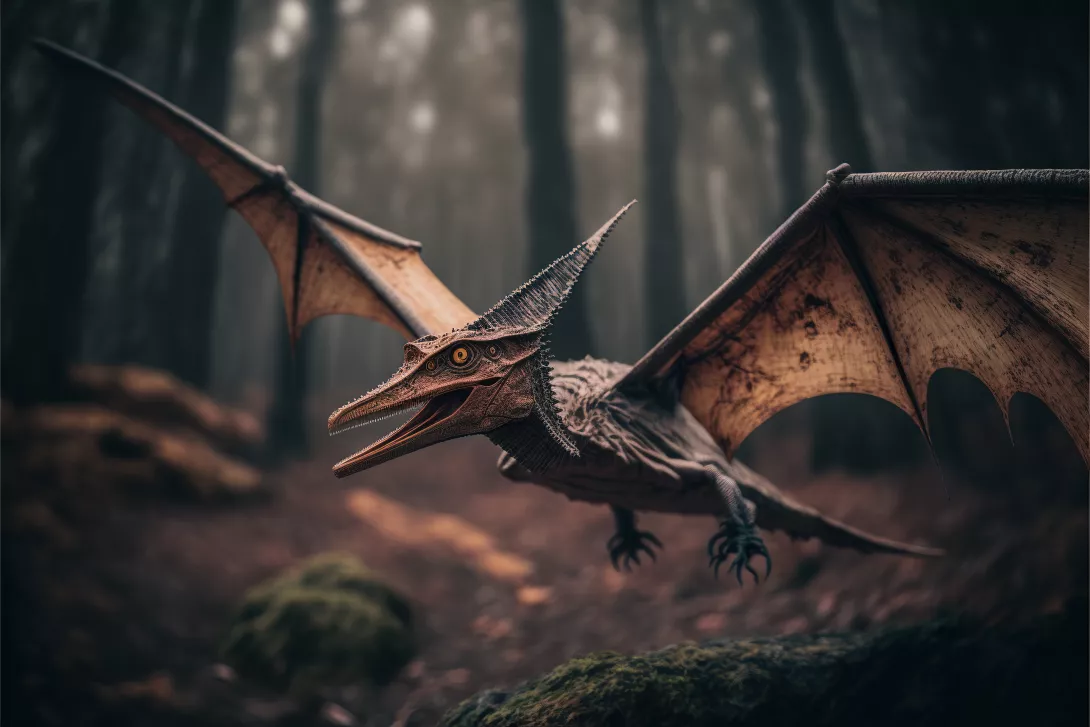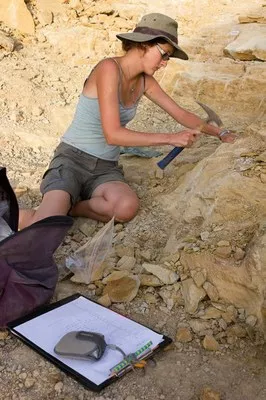
The interdisciplinary study, published on 20 April in the renowned scientific journal Nature, was conducted by a team of scientists from Brazil, Ireland, Belgium and France. The work is based on a fossil of a pterosaur of the genus Tupandactylus, about 115 million years old, from north-eastern Brazil. The pterosaur's skull had an enormous crest made of soft tissue, not mineralised, at the base of which were feathers, still well preserved today.
"This is truly an extraordinary discovery. Paleontologists have long debated whether or not pterosaurs had feathers. It's a subject that was quite controversial. Here we have proof that pterosaurs did have feathers and that they could be quite complex," says Dr. Aude Cincotta, first author of the study, a former doctoral student at UNamur and now a post-doctoral fellow at the Royal Belgian Institute of Natural Sciences.

The other important finding of the study is the discovery of fossil melanosomes, microscopic structures found in the skin and certain organs, which contain the pigment melanin. In present-day birds (descendants of certain dinosaurs), the colour of feathers is strongly linked to the shape of the melanosomes. Analyses show that the melanosomes in the different types of pterosaur feathers have different shapes. This was only known in theropod dinosaurs and birds. This study therefore shows that pterosaur feathers could also be coloured and show differences in tone depending on the region of the body. One of the first functions of feathers was therefore probably related to visual communication.
The study is part of the UNamur ILEE (Earth, Life and Environment) Institute's desire to promote interdisciplinary research on a robust monodisciplinary basis.
The collaborative work between Belgian and Brazilian scientists and authorities, and a collector, resulted in the repatriation of the pterosaur fossil to Brazil last February. "It is really important that fossils of scientific interest, such as Tupandactylus, are repatriated to their country of origin and safely preserved," says Dr Kischlat (Geological Survey of Brazil, Porto Alegre), co-author of the publication. "These fossils then become available for scientists to study and this can inspire new generations of palaeontologists by setting up exhibitions open to the public.
